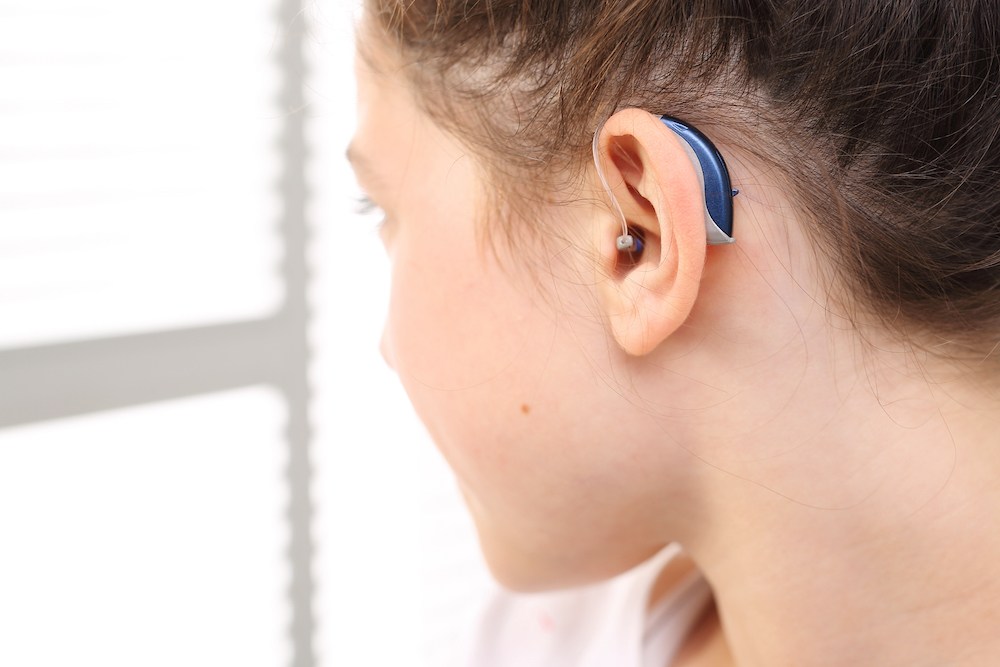
Signia hearing aids are crucial for individuals experiencing hearing loss, enhancing their ability to communicate and interact with the world. They come in various forms and are designed to compensate for hearing impairments. We will delve into the different types of hearing aids, their functionality, and key user considerations. By understanding these elements, individuals can make informed decisions about selecting a hearing aid that effectively addresses their hearing needs, integrates seamlessly into their lifestyle, and improves their overall quality of life.
Looking for more advanced care such as surgical treatment for ear conditions? ENT clinics specialize in exactly that, and will provide the necessary expert care to alleviate symptoms and improve ear health, so always consult with an ENT clinic if needed.
Table of Contents
Types of Hearing Aids
Online Hearing aids vary significantly in design, size, placement, and technology, catering to various hearing loss types and user preferences. The main types include behind-the-ear (BTE), in-the-ear (ITE), in-the-canal (ITC), and completely-in-canal (CIC) models.
BTE hearing aids have a casing that rests behind the ear, housing most of the device’s electronic components. A clear plastic tube directs amplified sound into an ear mold fitted inside the ear canal. This type is known for its durability and versatility, and it is suitable for almost all types of hearing loss.
ITE hearing aids are custom-made to fit within the outer ear and are less visible than BTE models. They are also easier to handle than smaller devices, making them a good choice for people with dexterity issues.
ITC hearing aids are custom molded and fit partly in the ear canal, offering a discreet, less visible option than ITE aids. They are typically used by individuals with mild to moderate hearing loss.
CIC hearing aids are the smallest and most discreet option, fitting completely inside the ear canal. Their placement helps reduce wind noise, making them ideal for an active lifestyle. However, their small size can make handling difficult for some users.
Functionality and Technology of Hearing Aids
Modern hearing aids are equipped with advanced technology designed to improve the user experience and increase the effectiveness of hearing enhancement. These devices use digital processing to amplify sound, making it possible to customize sound enhancement to the user’s specific hearing loss pattern. This customization is achieved through a hearing test conducted by an audiologist, and the results are used to program the hearing aid.
Digital noise reduction, directional microphones, and feedback suppression are standard features in most contemporary hearing aids. Digital noise reduction algorithms help decrease background noise, making it easier to focus on speech. Directional microphones enhance sound from a particular direction (usually in front of the user), which is beneficial in noisy environments like restaurants.
Rechargeable batteries are a newer feature that offers users the convenience of not changing batteries regularly. Some models are also compatible with wireless devices, directly allowing audio streaming from smartphones, TVs, and other devices to the hearing aid, enhancing the clarity and personalization of the listening experience.
Moreover, modern hearing aids are beginning to incorporate features like health tracking, fall detection, and even language translation, reflecting broader trends in wearable technology.
Considerations for Choosing a Hearing Aid
Selecting the right hearing aid is a crucial decision that depends on several factors, including the type and severity of hearing loss, lifestyle, manual dexterity, aesthetic preferences, and budget.
The type and severity of hearing loss are the most critical factors to consider. Hearing aids are specifically calibrated to address different hearing patterns, so choosing a device that matches the hearing loss profile is essential as determined by an audiologist’s assessment.
Lifestyle is another important consideration. A durable and waterproof BTE or CIC model might be preferred for active users. At the same time, someone who spends a lot of time in meetings or social gatherings might benefit from a hearing aid with advanced noise reduction and directional microphones.
For those concerned with visibility, smaller ITC or CIC models offer discretion. However, users with dexterity challenges might find larger BTE or ITE models easier to handle and maintain.
Additionally, the cost of hearing aids can vary widely, and it’s important to find a balance between need, functionality, and budget. While more expensive models offer advanced features, basic models still provide substantial hearing improvement for many users. It’s also wise to consider the maintenance cost and potential future upgrades.
Maintenance and Care of Hearing Aids
Proper maintenance and care are essential to extend the life of hearing aids and ensure they function effectively. Daily cleaning with a soft, dry cloth helps remove earwax, moisture, and debris, which can affect sound quality and cause damage over time. Special tools such as wax picks and brushes designed for hearing aid maintenance can help clean hard-to-reach areas.
Avoid water and chemical cleaners unless specified by the manufacturer, as these can damage the electronic components. Drying kits or dehumidifiers are recommended to remove moisture that accumulates during regular use, especially in humid environments or after exposure to rain or sweat.
Choosing and maintaining a hearing aid requires careful consideration and regular attention to ensure that the device continues to effectively meet the user’s needs. Understanding the different types of hearing aids and their functionalities, considering personal lifestyle and hearing needs when choosing a device, and adhering to proper maintenance routines are all vital steps in leveraging the benefits that modern hearing aids have to offer. With the right approach, users can greatly enhance their hearing experience, improve communication, and enjoy a higher quality of life.